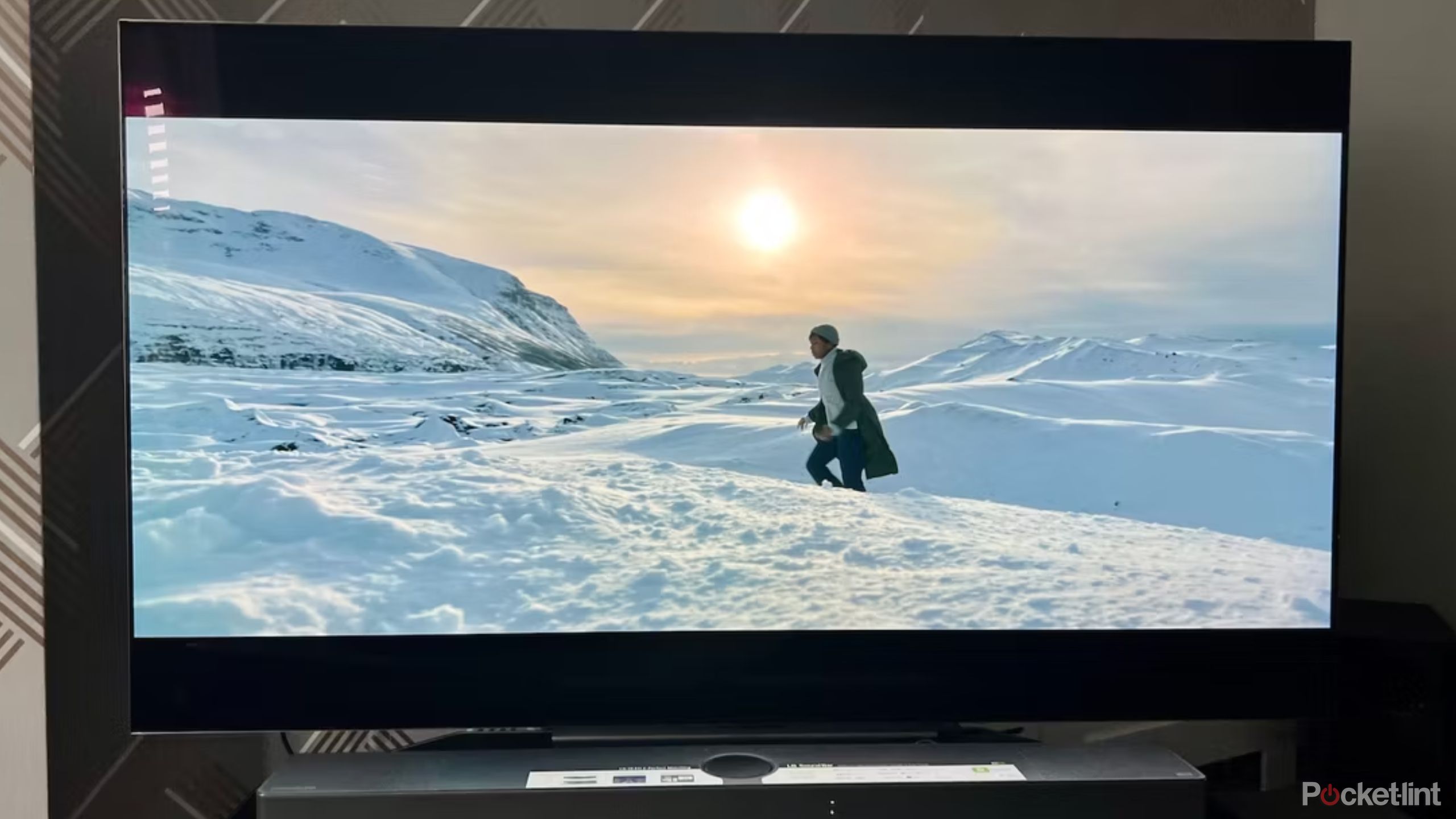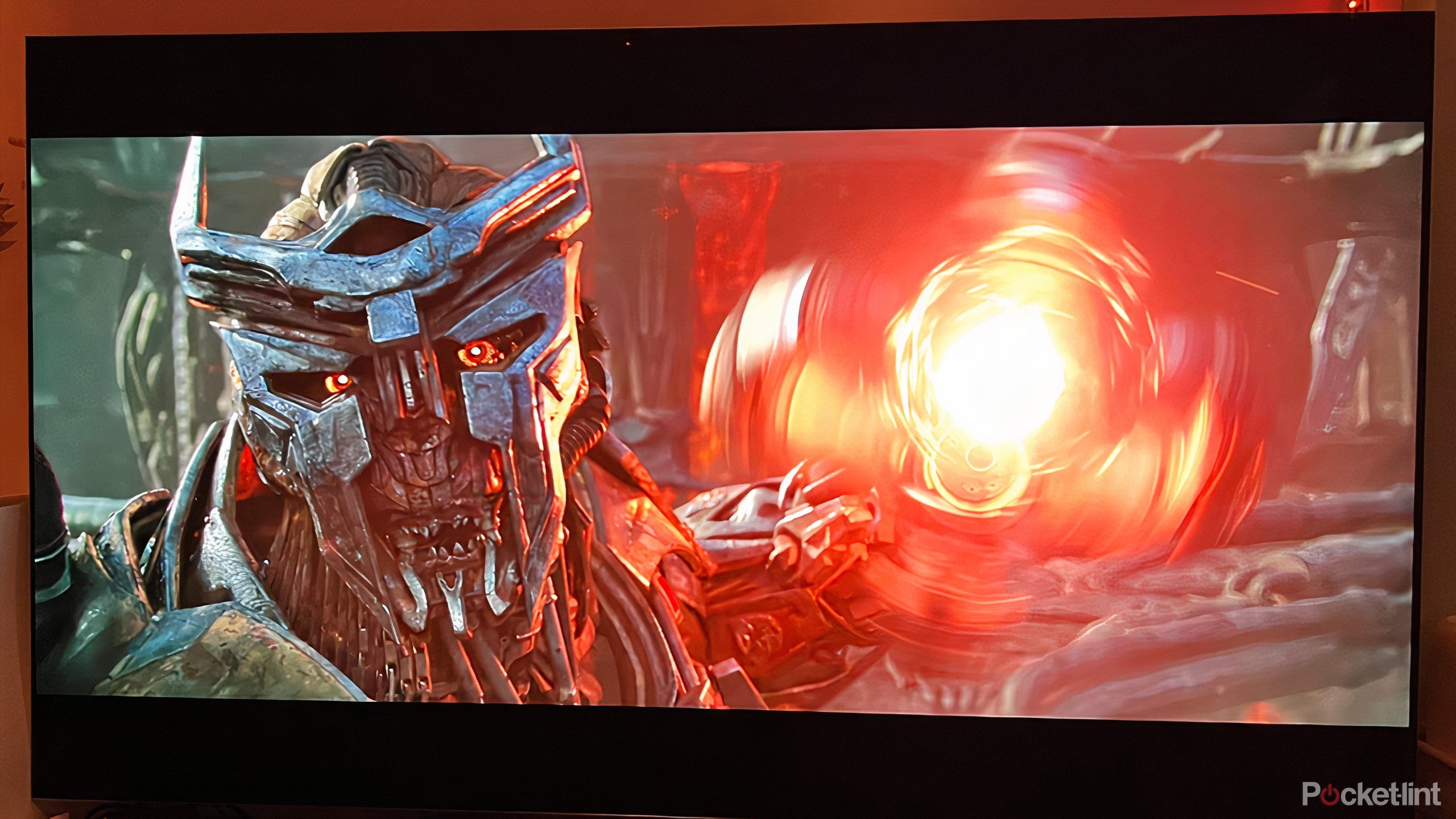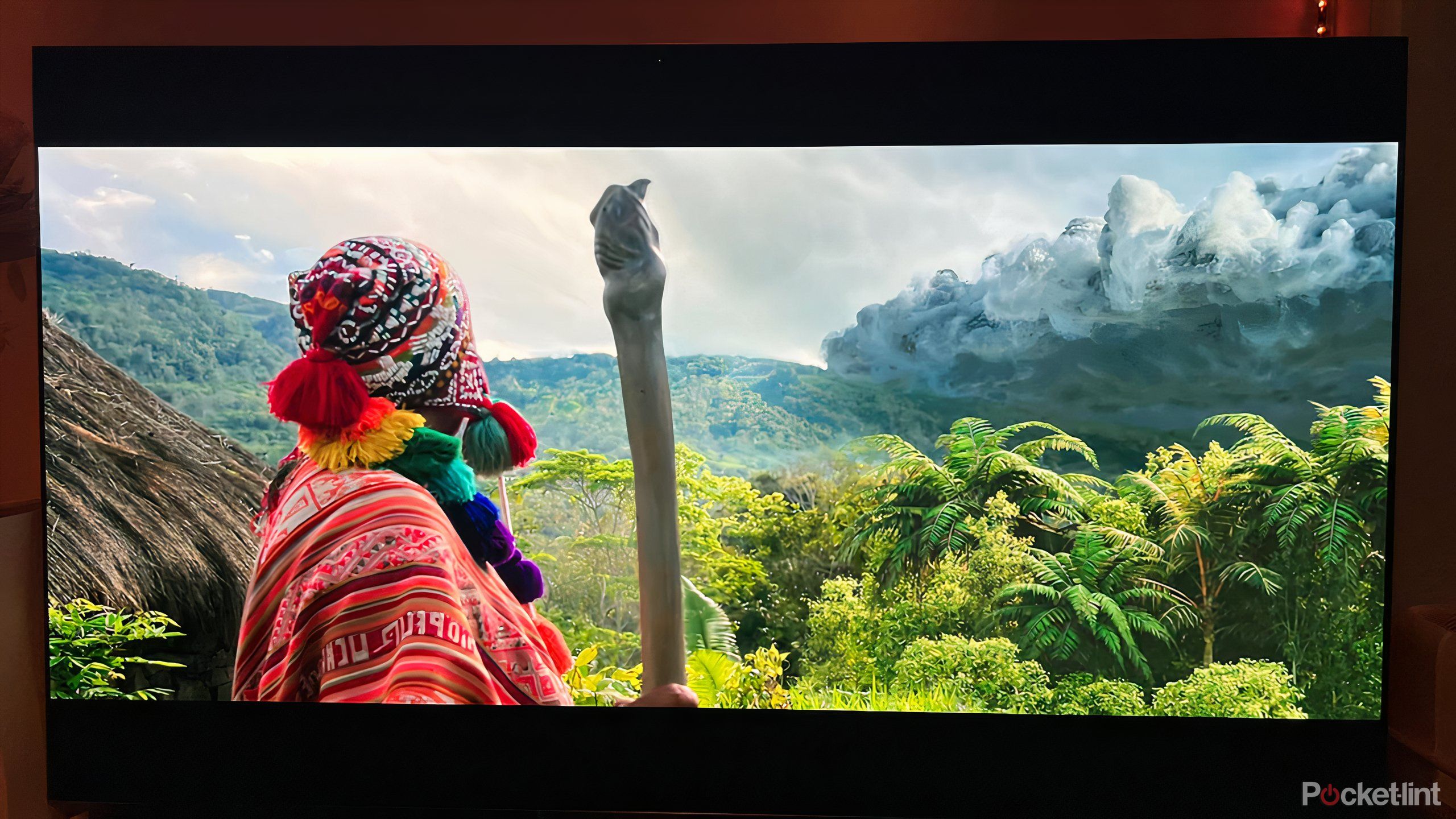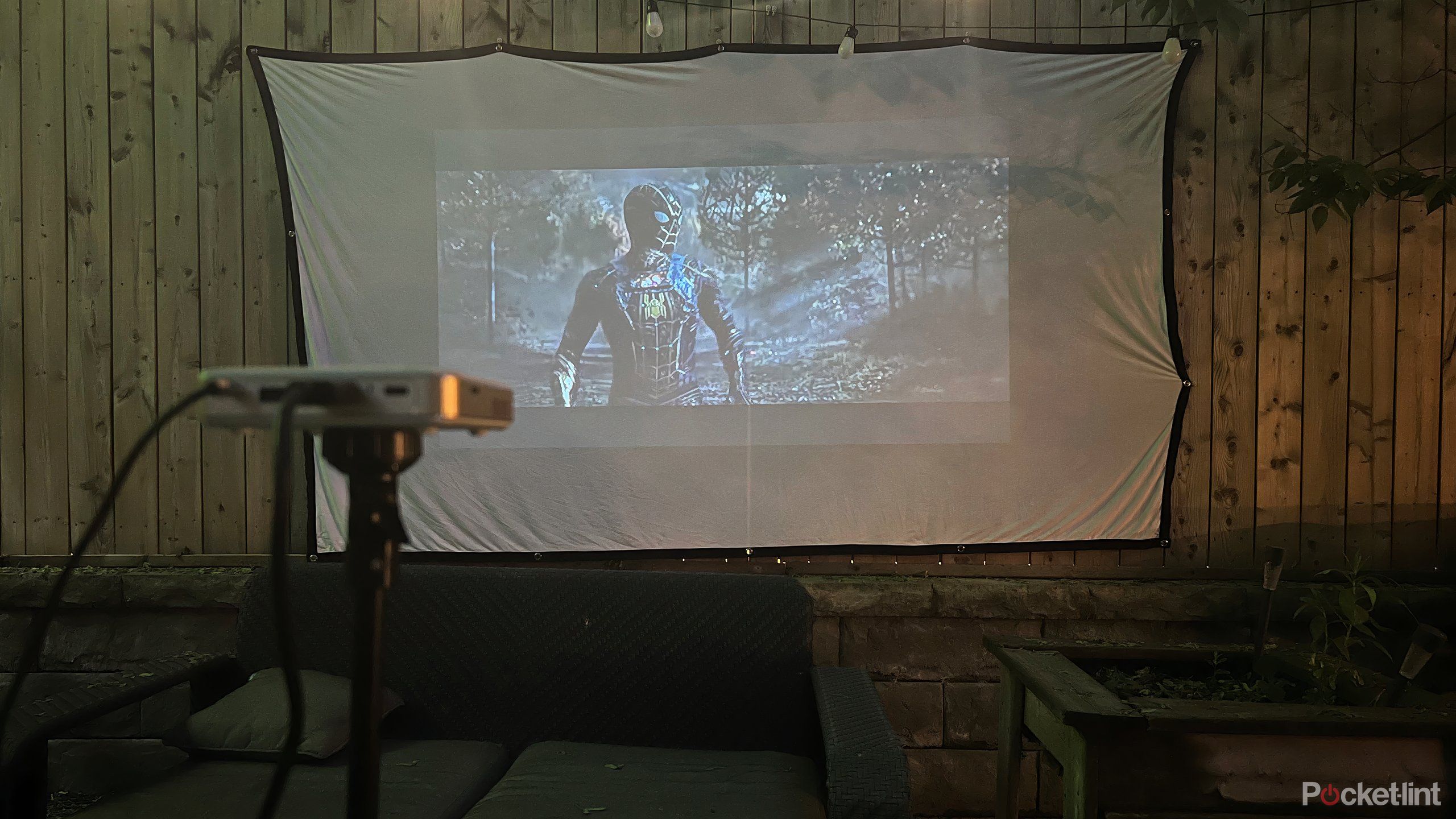Key Takeaways
- Outdoor TVs come with a high price tag due to specialized protections and limited availability.
- The location of a TV, and its exposure to the sun, is hugely influential.
- Buying an outdoor TV likely means sacrificing some video quality, popular innovations, and possibly even smart capability.
For all the enjoyment of getting cozy and turning the lights down to enjoy a show on the couch, there is something special about watching your favorite title outside. Whether it’s an outdoor movie night or a backyard party with a football game on, outdoor viewing can be uniquely fun.
However, to find that fun, a lot of worth and investment is required. You cannot simply move your traditional, likely expensive, smart TV to the outside and watch. I mean, you can, but it’s almost certainly not practical, safe, or sustainable. If you want to watch TV outdoors, then one way to do it is with a proper outdoor TV.
These TVs are not like traditional ones. So here’s everything you need to consider when you’re looking for a new TV that can stay outside.
1 Price
Steep investment
An outdoor TV is a commitment. First and foremost, it’s important to know that the price is going to be higher than if you’re going to buy a comparable indoor TV. You’re paying for a device that requires very specific protection against elements on top of the regular TV technology. It’s both specialized and specific; the market isn’t as flush as it is with regular TVs, so the price goes up.
It’s not just the steep price of the unit to keep in mind. You’ll likely need to mount the TV as well, which will add to the cost. You may need to invest in a soundbar or audio system that is equally suited to the outdoor elements (some outdoor TVs don’t have internal speakers). Depending on the TV, you may need a streaming stick as well or specific cables that can withstand outdoor use.

Related
I never pay full price for PS5 games. Here’s how you can save too
PlayStation 5 games are more expensive than ever, but these tricks will make sure you never pay full price again.
2 Weatherproof limitations
Consider your seasons
An outdoor TV is not an all-weather, indestructible piece of tech. There are going to be strict and very real parameters that you’ll need to operate within in order to keep the TV functioning. Depending on where you live, you’ll want to keep in mind both the colder limit of a TV’s temperature range (which could be below 0° Fahrenheit),as well as the upper limit, which could be between 100°F and 140°F. You’ll want to keep in mind wind chill and humidity as factors when noting temperature as well.
You’ll also need to note the extent to which the TV can withstand, tolerate, or repel water and dust, too. Regardless of the rating, investing in a cover is likely to be a good idea, as is coming up with a plan to move or protect the TV during extreme weather events. And just because a TV can withstand more intense weather, doesn’t mean it won’t affect it in the long term. The TV may work well after a couple of seasons outside, but its longevity might be pulled into question if it’s regularly exposed to the ups and downs of a temperate weather cycle.
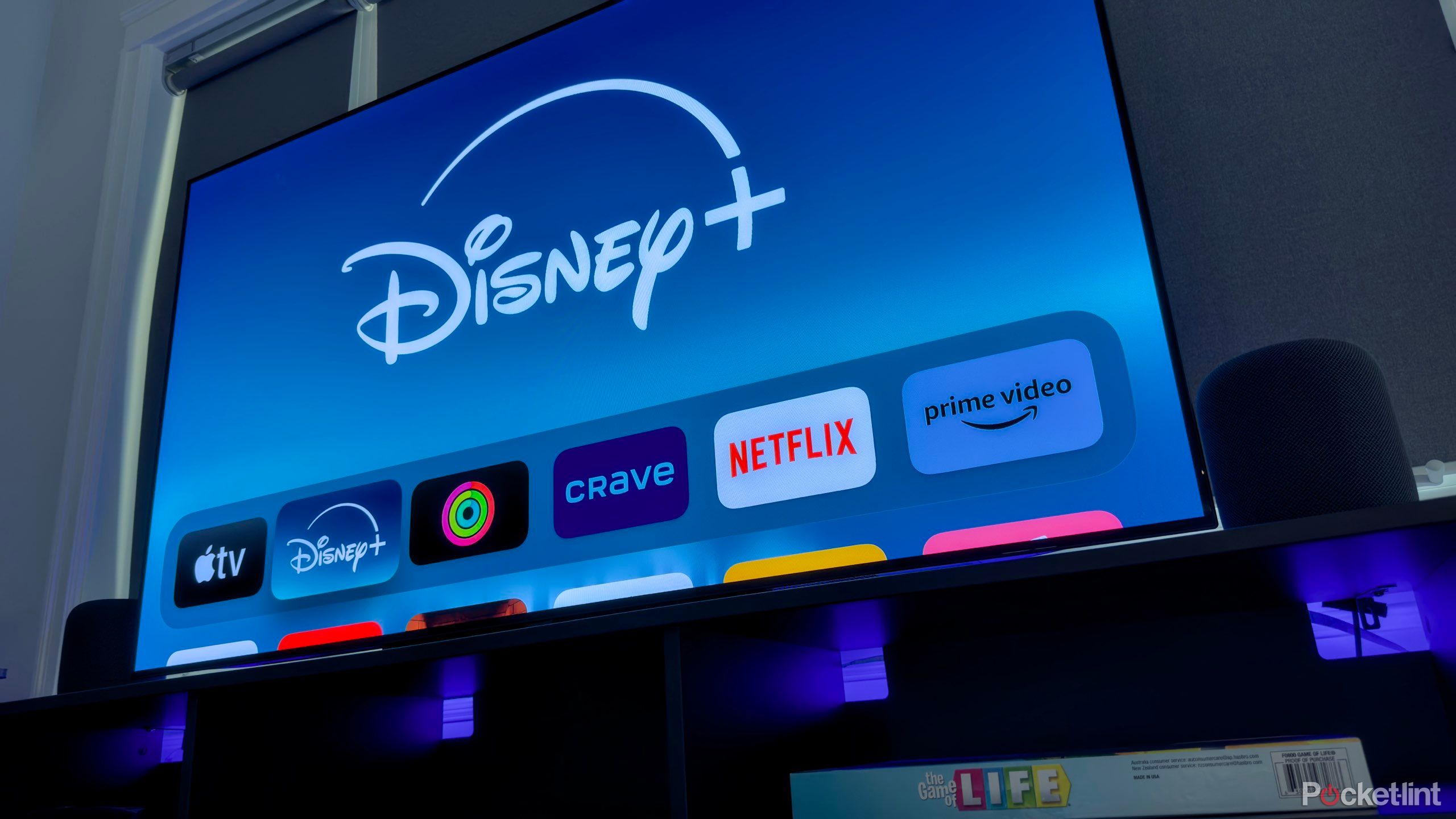
Related
5 reasons why you should buy your next TV online
Watching and controlling a TV is unique to your home, so don’t bother going to the store.
3 Technological limitations and availability
Lacking high-end performance
There simply aren’t nearly as many options when it comes to buying an outdoor TV as there are when buying a traditional inside one. There are fewer choices available, and while that may seem convenient initially (shopping for a new TV can be quite overwhelming with a deluge of possibilities), it can get frustrating quickly because you might be hard-pressed to find the perfect fit, especially if you’re used to modern smart TVs.
Outdoor TVs aren’t quite as technically advanced as indoor ones. You’re not going to find the latest AI enhancements, support for the top audio and video formats, or settings that optimize specific content. These are not OLED screens, either. You’ll need to temper your expectations when it comes to contrast, motion processing, and cinematic fidelity, among other features that are increasingly sought after in smart TVs.
Your outdoor TV might not even have basic streaming capabilities. Whereas just about every new TV today is a smart one, there are more standard options that exist when it comes to outdoor TVs, meaning they aren’t connected online and would require a streaming device to access apps and services.
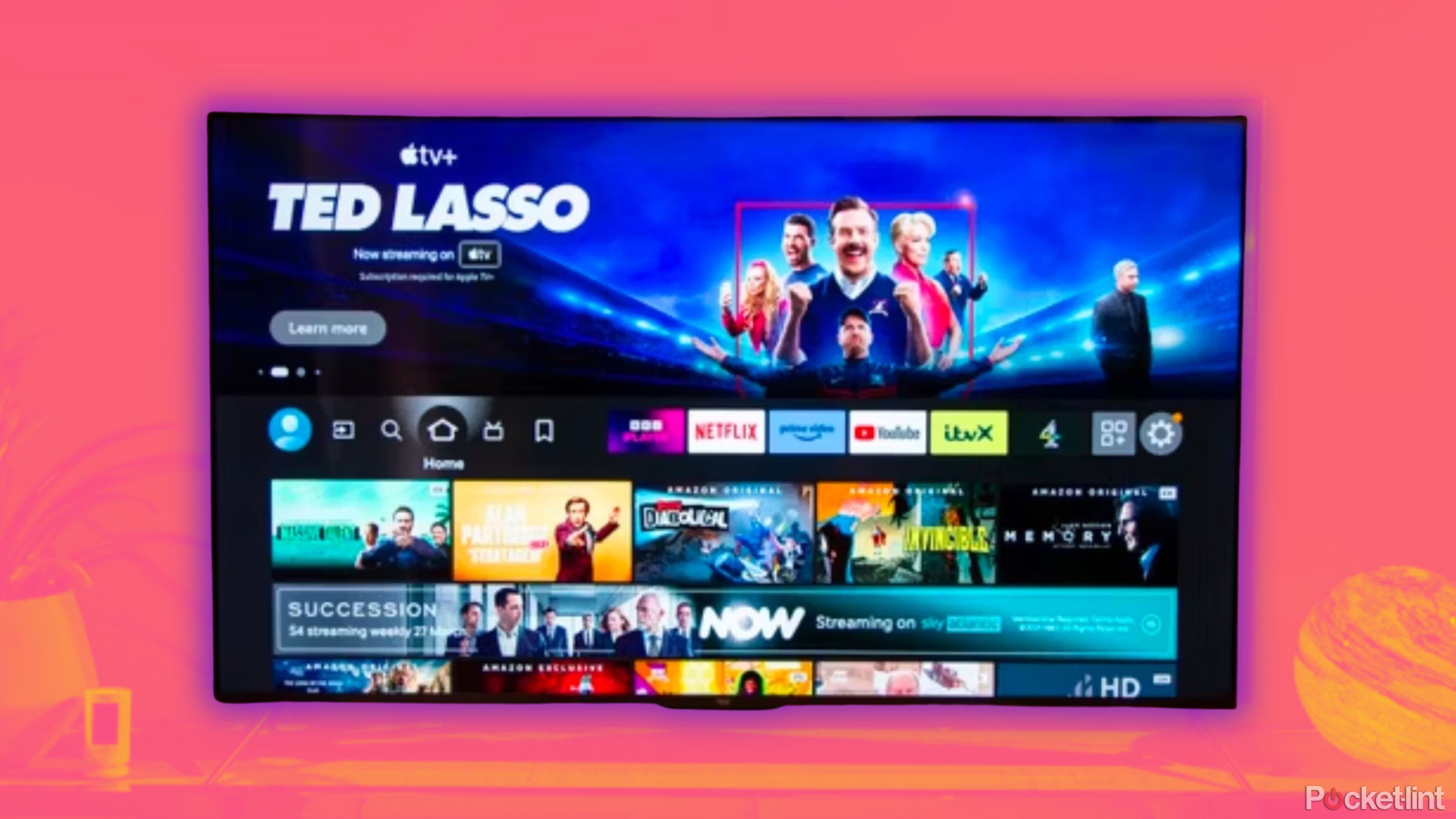
Related
5 reasons I’d choose a QLED TV over a pricier OLED TV
While OLED TVs stand out in one their own respect, QLED models still deserve some kudos of their own.
4 Location
Placement is influential.
If you’re set on buying an outdoor TV, and you can afford it, you’ll need to find the right place for it. Just like watching a TV inside, it’s important to position the unit in such a way that you can watch comfortably without any distortion. You’ll want to sit a proper distance away (ideal viewing distance is determined by screen size) and you’ll want to make sure those at an angle can view as well.
You’ll need to note sun exposure as well, as the degree to which the TV is exposed to direct light will inform what type you’re buying. Outdoor TVs are generally divided into three categories: full shade, full sun, and partial sun/shade. These designations will primarily influence construction and brightness, as those in the sun will need to be brighter than those that are shaded. Those in full sun need to be better able to handle heat and exposure, and as a result, cost more. Determining sun exposure requires consideration not just across a day, but across the year as well, and may change significantly depending on your exact geographic location.
When thinking about the location, keep in mind you’ll need access to a power source. You might need multiple outlets depending on how you’re watching TV and if you’re connected to any other devices. If you plan on streaming, you’ll need to be within Wi-Fi range, too.

Related
I would never buy a TV without knowing these 5 things first
These key details are worth knowing before buying any new smart TV.
5 Do you have a need?
Alternatives may be better
The idea may sound exciting, but ask yourself deep down if you truly need an outdoor TV. How much time will you be watching TV outside, and which kind of content will you be enjoying? Remember that you’re not really likely to enjoy the utmost fidelity and quality. Outdoor TVs are suitable for reality TV, live sports, and probably a bunch of blockbusters, but they aren’t exactly going to produce all the fine details of a Christopher Nolan film.
Consider the alternatives. Specifically, a quality projector. For less of a monetary investment, you can purchase a worthy projector that can offer a bigger screen, increased portability, and more versatility. There are plenty more available to suit your viewing needs as well, whether you want a stationary 4K projector, a small one to take on the move, or a device that offers access to streaming services. The variety that a projector allows for may be a better option than an outdoor TV.
A TV is no small investment, and buying requires a fair amount of work. That work is magnified when looking an outdoor TV. There is certainly some fun to be had enjoying content outdoors, but take your time before diving all in.
0:38
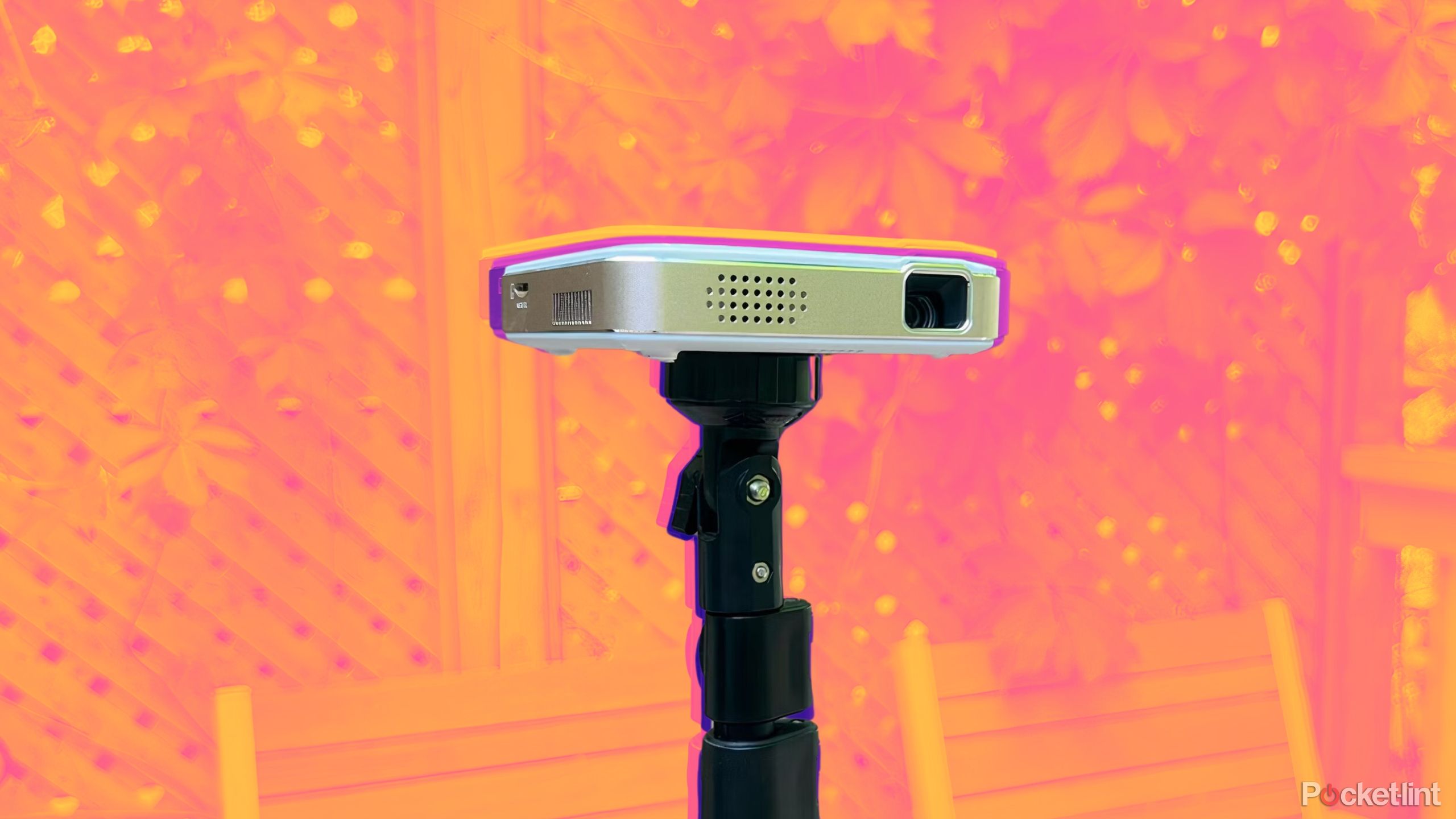
Related
This little Kodak projector is my secret to the best movie nights and presentations
Despite limited resolution, I can see myself using the lightweight Kodak Luma 150 portable projector all summer long.
Trending Products
